 Stories of American Adventure
Stories of American Adventure
Stories of American Adventure
Stories of American Adventure

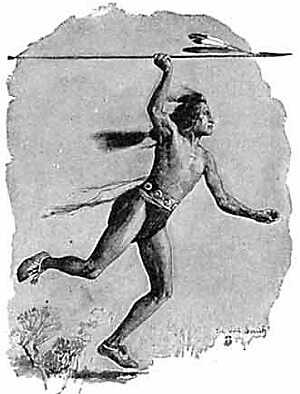
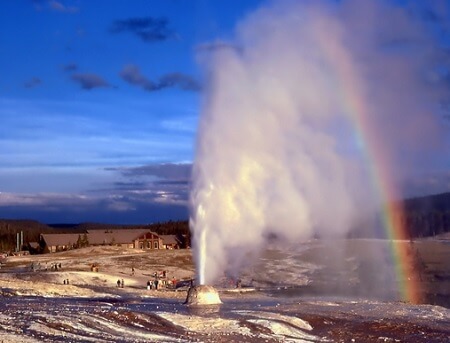
 Stories of American Adventure
Stories of American Adventure
Stories of American Adventure
Stories of American Adventure

Study the lesson for one week.
Over the week:
Activity 1: Narrate the Lesson
Activity 2: Map the Lesson
Yellowstone National Park is in the state of Wyoming. Zoom in on the map, and find the state of Wyoming.
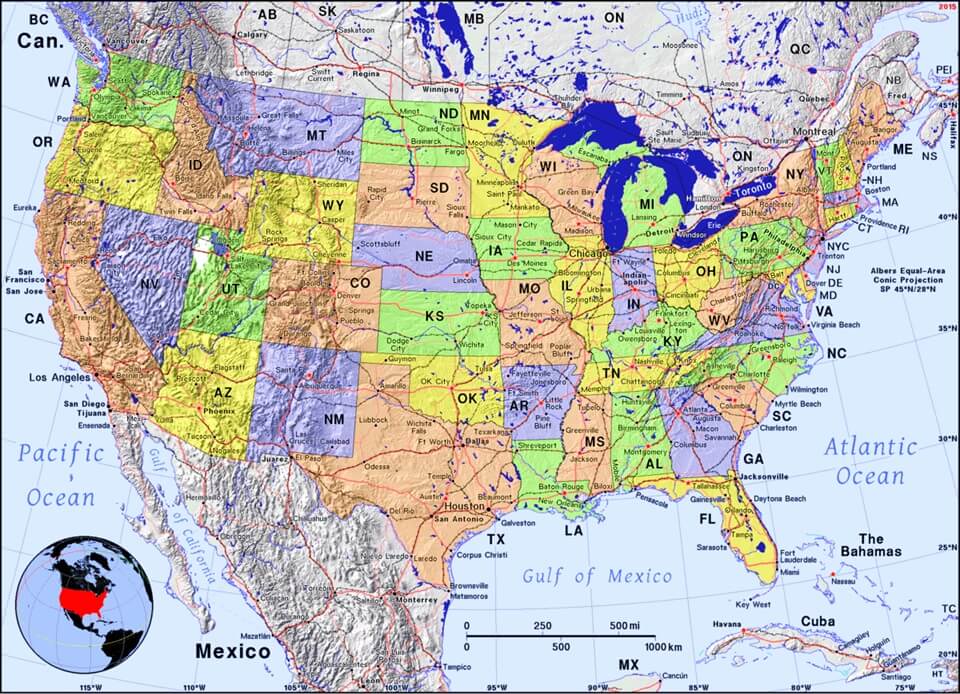
Activity 3: Discuss the Story
In the lesson, Colter lied to the Blackfoot Indians and said he was a bad runner, even though he could run swiftly.
Activity 4: Sketch Images of Yellowstone

Click the crayon above. Complete page 61 of 'Second Grade American History Coloring Pages, Copywork, and Writing.'
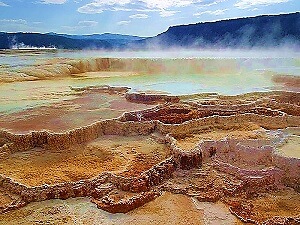
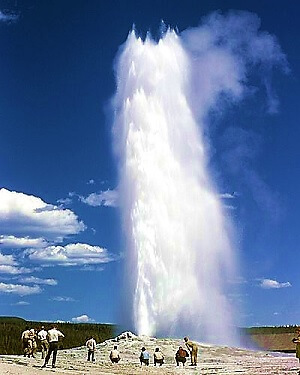
Activity 5: Complete Coloring Pages, Copywork, and Writing
